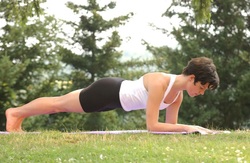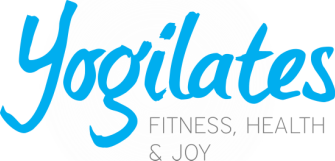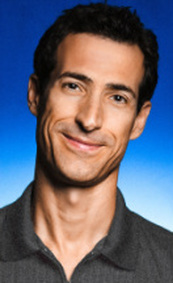
Here is where we see the big mistake of the functional promoters who start right away teaching multi-planar movements because they are more functional than other exercises. Doing multi-planar movements, such as torso twists with one-leg lunges, should be done to help range of motion and coordination, but only with great attention to control and alignment considerations, which can only be maintained if the mind/body is prepared for it. The movement itself doesn’t necessarily imbue awareness to the practitioner. The mind of the practitioner needs to know what it is supposed to be feeling, and that doesn’t happen automatically. As Joseph said about breathing correctly, “-this all important function requires individual instruction, not only by precept, but by example.” That can be said for all elements of functional fitness. Sadly to say, most instructors just don’t have sufficient background in teaching awareness based movement to know how to begin teaching by example.
Becoming truly functional in movement has to include this progression of learning, as it is the mind that must achieve awareness before the body is directed. Just putting the body into a position without first educating the person on how to maintain ideal alignment with optimal balance is pointless. So really, there are no such things as functional exercises without a functional learning process that precedes the movement. Another way of looking at it is that any movement can be made functional if one taps into the deep awareness of whole body integration when doing it. In Yogilates training, it is all about developing awareness and learning to use your senses to teach yourself beyond the examples of movement done in class and apply the process to everyday living. Take a moment each day to circle your arms, your shoulders, your hands, feet, hips. Feel reaching around in space and also the space inside your body, your joints and torso. Breathe deeply and notice how the ribs expand and release. Stand or sit tall and feel flexible in the spine and naturally supported from your core. This is all functional fitness, and it should feel right in your body and mind.


 RSS Feed
RSS Feed
